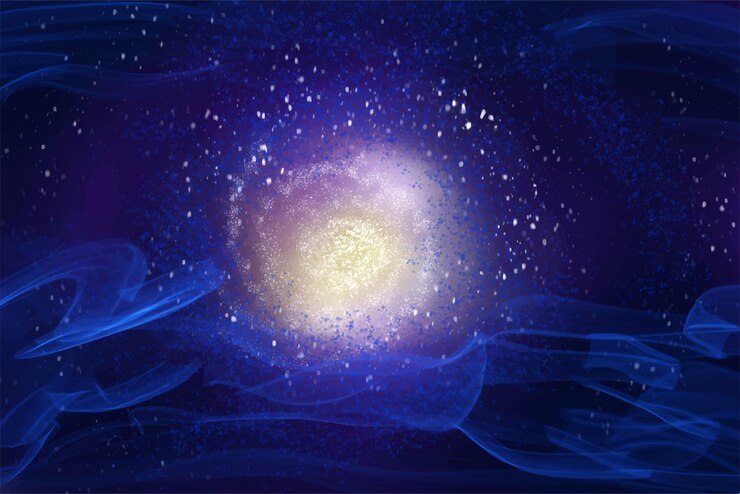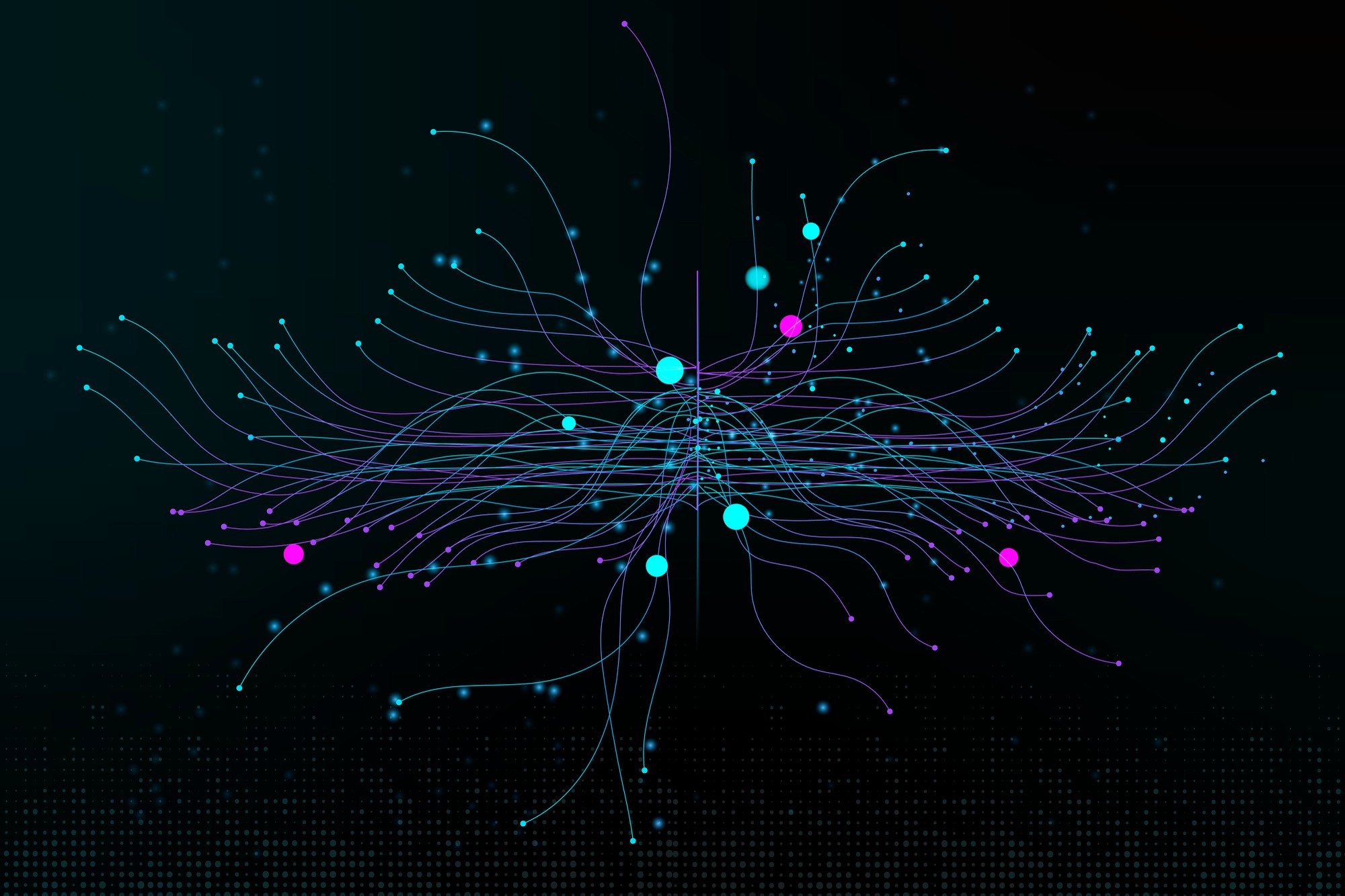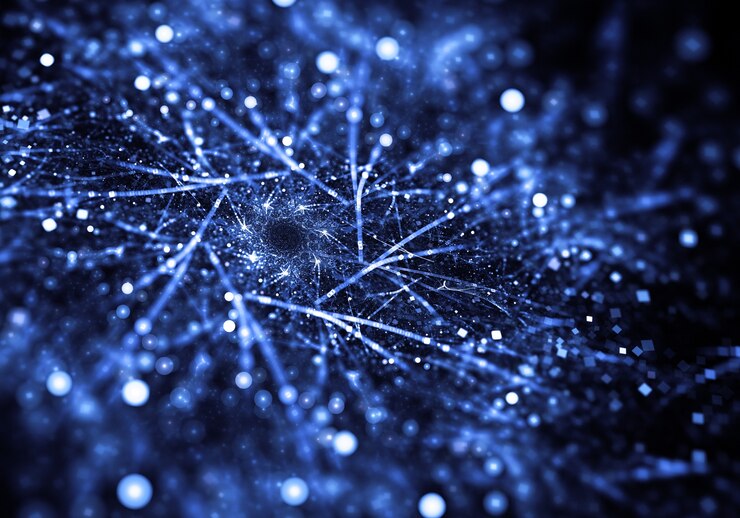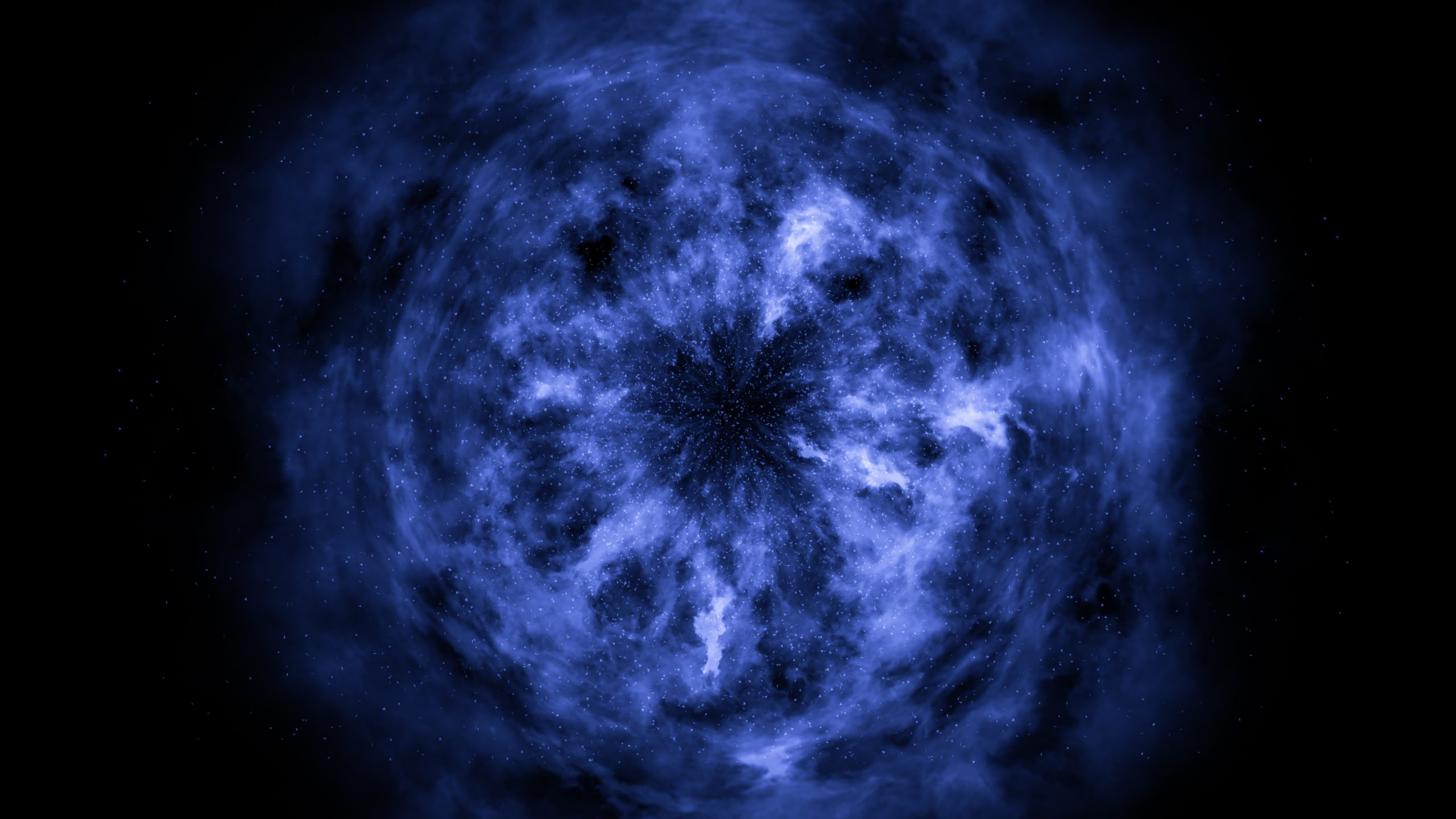Imagine this: A star dies, explodes in a supernova tantrum, and leaves behind a corpse so dense it crushes Mount Everest into a sugar cube. Meet neutron stars—the universe’s drama queens, where gravity is a bully, magnetism could delete your credit card, and a teaspoon of star guts weighs a billion tons. Let’s get weird.
Neutron Stars 101: When Stars Go Full Hulk Mode
Neutron stars are the leftover cores of massive stars that went supernova. They’re cosmic zombies—dead but still haunting the galaxy with extreme physics.
Key Stats:
- Density: One teaspoon = 1 billion tons. Your diet plan just got existential.
- Spin: Up to 700 rotations per second. Blender? No. Cosmic blender.
- Magnetism: Magnetars (a neutron star subtype) have fields a quadrillion times Earth’s. Your fridge magnet is crying.
Why This Matters to You (Seriously)
- GPS for Aliens: Pulsars (spinning neutron stars) beam radio waves like cosmic lighthouses. NASA used them to map the solar system in Voyager’s Golden Record.
- Gravitational Wave Intel: Colliding neutron stars ripple spacetime—helping us “hear” the universe. Einstein would high-five you.
- Matter Lab: Their cores are a soup of quarks and neutrons. Study them, and we might crack nuclear fusion or build unholy materials.
Real-Life Neutron Star Madness
- The Fastest Spinner: PSR J1748-2446ad spins 716 times per second. If Earth spun that fast, you’d be flung into orbit with your coffee.
- Magnetar Tantrums: In 2004, a magnetar’s flare scrambled Earth’s ionosphere from 50,000 light-years away. Take that, solar flares.
- Cosmic Gold Factories: Neutron star collisions forge heavy elements like gold and platinum. Your wedding ring? Literally stardust.
Theories That’ll Melt Your Brain
- Strange Stars: Some neutron stars might be made of “strange quarks”—a state of matter that could infect normal matter like cosmic glitter.
- Quantum Soup: At their cores, protons and neutrons dissolve into a goo of quarks. It’s like atomic spaghetti.
- Black Hole Rivals: If neutron stars gain too much weight, they collapse into black holes. Universe’s worst diet plan.
How to Survive a Neutron Star (Spoiler: Don’t)
- Avoid the Tides: Get too close, and their gravity stretches you into spaghetti. Actual spaghetti.
- Magnetic Field Woes: A magnetar’s field would rip the electrons from your atoms. Poof—you’re plasma confetti.
- Speed Demon: Orbiting one? Time dilates. Return to Earth, and your dog would’ve outlived you. Thanks, Einstein.
FAQ: Neutron Star Nonsense
Q: Can I mine a neutron star for bling?
A: Sure, if you survive the gravity, radiation, and existential dread. Good luck.
Q: Are neutron stars why my Wi-Fi lags?
A: No, but blame them anyway. They’ve seen worse.
Q: Could a neutron star hit Earth?
A: The closest is 400 light-years away. You’re safe… unless physics gets bored.
Philosophical Chaos
- Existential Weight Loss: If a teaspoon weighs a billion tons, does that make neutron stars the universe’s hoarders?
- Time Travel Lite: Orbit one, and you’ll age slower. Take that, skincare routines.
- Are We Just Star Poop? Neutron stars forge elements that make you. So yes. Yes, you are.
Final Thoughts: The Universe’s Most Chaotic Leftovers
Neutron stars are physics’ way of saying, “Hold my beer.” As Carl Sagan quipped: “We’re made of starstuff.” But neutron stars? They’re made of pure chaos.
What do you think?
Are neutron stars cosmic marvels or overachieving divas? Sound off in the comments—and for more stellar madness, dive into White Holes: The Universe’s Mythical Rebirth or Cosmic Garbage Chute?.
Subscribe for science that’s stranger than your wildest Netflix binge! (And way more explosive.)
Disclaimer
No neutron stars were harmed in this article. Side effects may include sudden urges to hug a physicist or question your place in the cosmos.




